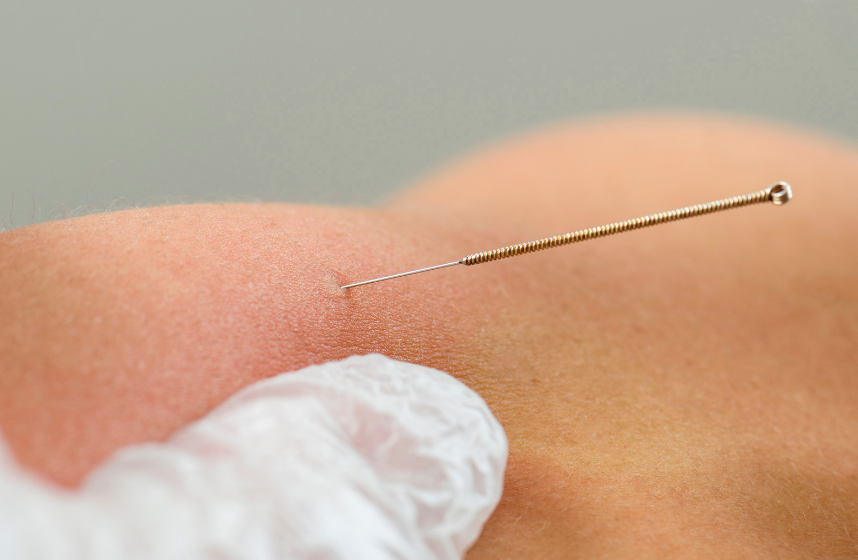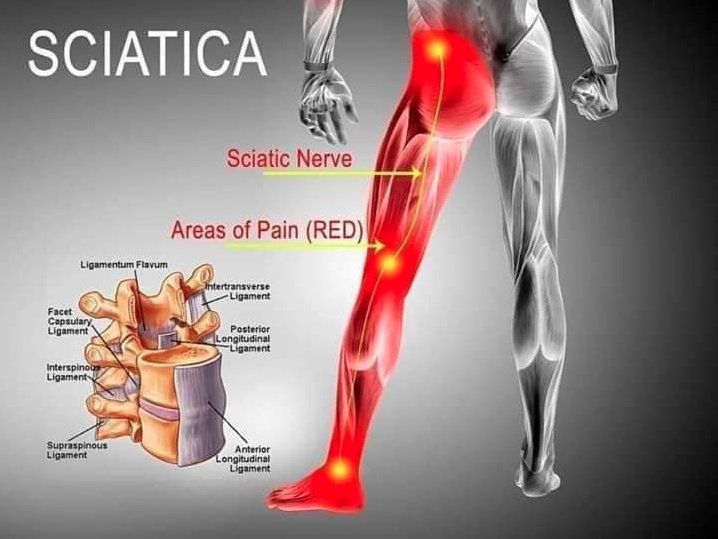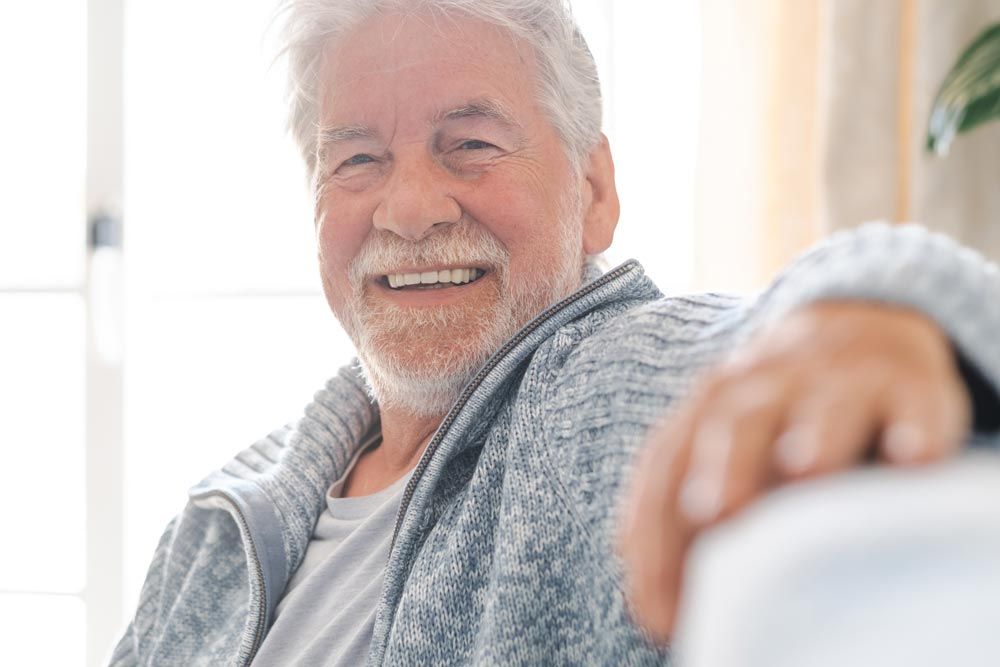Common Conditions Treated with Dry Needling Therapy
Relief Through Precision: Dry Needling for Common Ailments

In recent years, Dry Needling Therapy has gained significant popularity as a non-invasive approach to pain relief and improved muscular function. This therapy, often confused with acupuncture, has been recognized for its effectiveness in addressing various musculoskeletal and neuromuscular conditions. In this comprehensive guide, we will explore the common conditions that can benefit from Dry Needling and delve into the science behind its success.
What is Dry Needling?
Before diving into the specifics, it's essential to understand the fundamental principles of Dry Needling. This therapeutic technique involves the precise insertion of thin, sterile needles into specific trigger points in the muscles. Unlike acupuncture, which follows traditional Chinese medicine principles, Dry Needling focuses on targeting muscle knots and trigger points to alleviate pain and promote healing.
How Does Dry Needling Work?
Dry Needling works by stimulating trigger points within the muscle tissue. Trigger points are tight knots of muscle fibers that can cause pain and discomfort. During a Dry Needling session, a trained practitioner inserts needles into these trigger points. The process promotes several physiological responses:
- Pain Reduction: The needles stimulate the release of endorphins, the body's natural painkillers. This helps in reducing pain perception.
- Muscle Relaxation: The needles create a local twitch response, relaxing the muscle fibers and relieving tension.
- Increased Blood Flow: Needling encourages blood flow to the treated area, facilitating the delivery of oxygen and nutrients while removing waste products.
Now, let's explore the various conditions that can benefit from Dry Needling Therapy:
Conditions That Can Benefit from Dry Needling
- Chronic Muscle Pain: Chronic muscle pain, whether from overuse or injury, can significantly affect one's quality of life. Dry Needling can effectively target and relieve pain in specific muscle groups.
- Tension Headaches: Tension headaches often stem from muscle tightness and trigger points in the neck and shoulder area. Dry Needling can provide relief by releasing these muscle knots.
- Myofascial Pain Syndrome: Myofascial pain syndrome is characterized by the presence of trigger points in muscle tissue. Dry Needling is particularly effective in treating this condition, as it directly addresses these trigger points.
- Sports Injuries: Athletes frequently experience muscle injuries and imbalances. Dry Needling can be integrated into a comprehensive sports injury treatment plan to speed up recovery and improve performance.
- Fibromyalgia: Fibromyalgia patients often struggle with widespread pain and tender points. Dry Needling can help manage their pain and improve overall comfort.
- Arthritis: Individuals with arthritis may experience muscle stiffness and discomfort. Dry Needling can help alleviate these symptoms, improving joint mobility.
- Sciatica: Sciatica is often caused by muscle tightness in the lower back and buttocks. Dry Needling can target these muscles, reducing pressure on the sciatic nerve.
Benefits of Dry Needling for These Conditions
Dry Needling offers several key benefits when addressing common conditions. Firstly, it provides targeted relief by directly addressing trigger points and muscle knots, offering precise and effective pain relief. Additionally, Dry Needling enhances your range of motion by relaxing tight muscles, improving flexibility, and allowing for freer movement.
The therapy also stimulates increased blood flow and the release of endorphins, supporting the body's natural healing processes and potentially accelerating recovery. What sets Dry Needling apart is its non-invasive nature, making it a preferred choice over surgical or invasive procedures for many individuals. Moreover, it can seamlessly integrate into a holistic healthcare plan, working in harmony with other treatments and therapies to promote overall well-being and comprehensive care.
Preparing for a Dry Needling Session
Now that you're considering Dry Needling for your specific needs, here are some essential steps to prepare for your first session:
- Consultation: Schedule a consultation with a trained practitioner to discuss your condition, goals, and any concerns you may have.
- Medical History: Provide a comprehensive medical history, including any medications you are taking and past treatments.
- Expectations: Discuss your expectations for the session with your practitioner, so they can tailor the treatment to your needs.
What to Expect During and After a Dry Needling Session
During your Dry Needling session, here's what you can typically expect:
- Needle Insertion: Your practitioner will insert thin, sterile needles into the identified trigger points. While you may feel some sensation, it is generally not painful.
- Muscle Twitch Response: You may experience a local twitch response, which is a sign that the muscle is releasing tension.
- Session Duration: The session duration can vary but typically lasts around 20-30 minutes.
After your Dry Needling session:
- Soreness: You might experience mild soreness in the treated area, similar to post-workout soreness. This is normal and usually subsides within a day or two.
- Hydration: Staying well-hydrated can help flush out toxins released during the treatment.
- Follow-up Care: Your practitioner will provide instructions for post-treatment care, which may include gentle stretching and avoiding strenuous activities for a short period.
In conclusion, Dry Needling Therapy offers a promising approach to addressing a range of common conditions, providing targeted relief, improved mobility, and a holistic path to healing. If you're considering Dry Needling, consult with a qualified practitioner who can assess your needs and develop a personalized treatment plan. At Komp Chiropractic, we're committed to helping you achieve your health and wellness goals through evidence-based therapies. Contact us today to learn more or schedule your Dry Needling session. Your journey to a pain-free, healthier you starts here!
Omaha Chiropractors and Acupuncture










